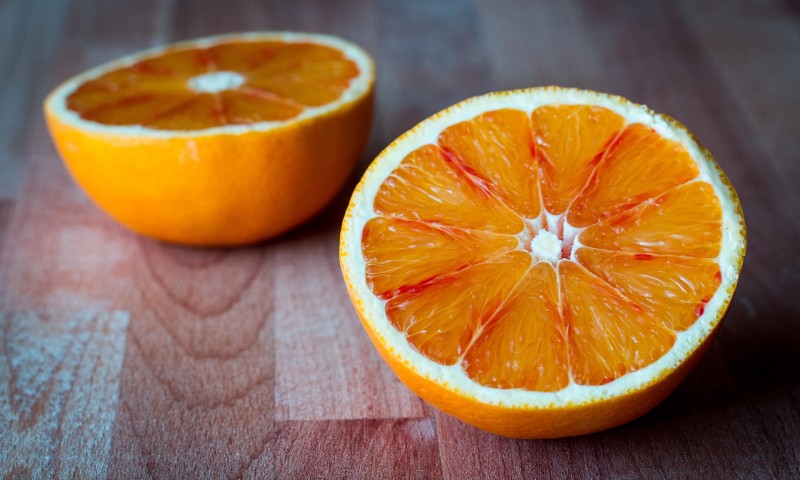Welcome to 2018 — a new year and a new beginning!
This is the time of year that is almost magical to me — a time to open a new calendar that’s blank. The story of our life for this year has yet to be penned. That calendar is beckoning you to a year full of possibility and dreams ready to be achieved. For many, this includes the desire for weight-loss.
Lifestyle Changes in Place of Fad Diets
Unfortunately, many fad diets and quick fixes will take advantage of your determination. They’ll tempt you with their products, plans and programs. So, how do you tell the differences between fad diets and lifestyle changes?
Fad Diets / Quick Fixes
- Promise fast and easy results
- You are dependent on them
- Results are temporary
- Associated with giving something up
- You find yourself miserable
- Unfortunately, can result in weight gain when you stop
- The feeling that it will eventually “end”
Lifestyle Changes
- Realistic changes
- Slow progress, but permanent
- You don’t need anyone to be successful long-term
- Learning moderation, not deprivation
- You may be uncomfortable at first, but not miserable
- If you stop, your weight actually maintains
- There is no end — this is your new life!
Here’s a great example to see the two apart. I always use the example of milk.
Say you’re consuming four glass (16 oz) of whole milk per day. A fad diet says, “No more milk — only drink water!” Now, that is giving up a product (dairy) and doing it overnight! It’s jarring, and for somebody that adores milk, that’s hard! You’re miserable missing your milk and you eventually may just go back to consuming it. In a fad diet, we unfortunately have a tendency to feel as though we are a success or failure.
Now, a lifestyle change is different. We negotiate what you are willing to do. The key is that whatever you do to get the weight off, you will do the rest of your life to keep it off. So, the choice and goal must be your own — not dictated by a third party. Therefore, the conversation begins. You may ask yourself, “Well, have I ever tried two percent milk before?” (Note: we didn’t go straight to skim).
A “Step One” Goal for a lifestyle change may look like this:
Goal this week: I will continue to consume four glasses (16 oz) of milk per day, but instead of whole milk, I will consume two percent milk as an alternative.
Note: You didn’t give up milk; you made progress. A lifestyle change is about progression, not perfection. You aren’t going to be perfect, but you can progress. Would you lose weight faster if you just gave it up and only consumed water? Sure! But, you may be miserable and miss it, which might compel you to return to your previous behavior and gain the weight back. With a lifestyle change of choosing to consume two percent milk, even if you quit the rest of your goals for achieving weight-loss, you would continue to consume two percent milk — all because you changed your lifestyle.
With a lifestyle change, there isn’t a belief of overnight perfection. It’s about enjoying your life and making progressive changes toward your goals. Small changes. Healthy changes that you can do for the rest of your life with the result of weight-loss as a side effect.
Therefore, I challenge you to look at your 2018 goals for weight-loss. Are these changes that you intend to do for the rest of your life? If not, you may need to reassess them to ensure your goals are lifestyle changes.
As always, you’ve got this. A lifestyle change is hard, but it’s so worth it.
About the Author:
Kimberly Schorn, MS, RDN, CSSD, LDN, EP-C, EIM(2) is the owner of a Private Practice located in North Carolina, specializing in weight management. As an individual who has struggled with weight her entire life, weight management is truly a passion of hers. This passion and motivation has created Kimberly quite a following on social media and throughout the country. She provides services in-person and virtually all across the country. She is known for her infections personality and motivation. For more on Kimberly, please visitwww.DefyNutritionHP.com.






